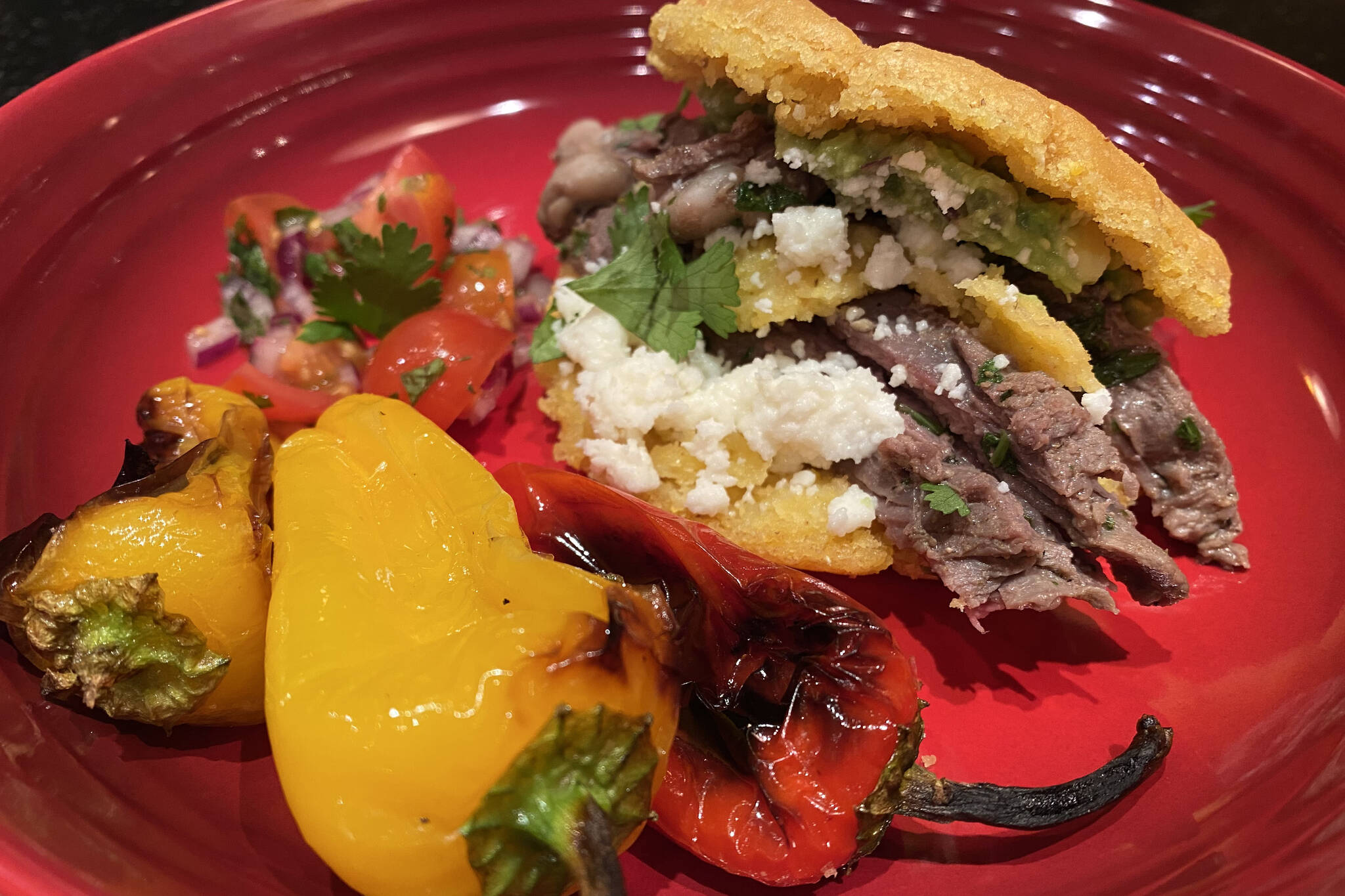Long before it was my job, and long before I had a child to cook for all day every day, cooking was just a simple hobby.
It was a hobby I felt safe taking risks with because the penalty for failure was so inconsequential, and since we always ate the results, there were no waste or products to store and haul around with me as I moved through life. As I continued to practice, I became bolder and began attempting more complicated dishes, exploring unfamiliar ingredients and flavors, and trying my hand at more technical skills.
I have learned so much over my years of education and trial and error, but my quest for food knowledge is never ending, and there will always be something new for me to conquer.
This week, after weeks of holiday food and Americana, I was craving something far outside of my normal menu, so I decided to experiment with masa and make my first gorditas.
When researching new recipes, I look for tutorials in the native language, and I look for videos featuring wrinkled hands and tools worn by use and time, for these are the signs of a master.
The tutorial was entirely in Spanish (a bonus, as my Spanish is in need of practice) and was filmed at an outdoor food stand somewhere in Mexico, so I am confident in its authenticity. I know that gorditas are often made with wheat flour or a combination of wheat and corn flour, but this recipe oddly called for 100% masa, so I followed it exactly to see how it would turn out.
Ingredients:
2 cups masa flour
1 teaspoon salt
1 teaspoon baking powder
2 tablespoon lard or shortening
1.5-2 cups warm water
Vegetable oil for frying
Directions:
Combine all dry ingredients in a large mixing bowl.
Using your fingertips, cut in your lard or shortening (I used Crisco) until the mixture resembles wet sand.
Pour in 1 cup of the warm water and knead, adding more water as needed, until the dough comes together and doesn’t crumble. You will need more or less water depending on ambient moisture in your space.
Allow the dough to rest for 1 hour at room temperature.
In a large flat skillet, heat your oil over medium high heat. You want your oil to be about 1/8 of an inch deep in the pan.
Separate the dough into 6 equal portions and roll into balls, then flatten into disks about 1 inch thick. They should be about the size of an English muffin.
Fry for 5 minutes on each side twice (total 20 minutes) to ensure the gordita is cooked all the way through and the external texture is very crispy.
Allow to rest for 5 minutes before serving.
To serve: Use a fork to split the gordita almost in half, like a pita, then fill with toppings. We had skirt steak, fresh guacamole, fresh tomato salsa, queso fresco, and fresh cilantro.
My first attempt turned out delicious, but the pockets didn’t hold together well, and ended up being more like sandwiches than true pocket-bread style gorditas.
My theory is this is due to the lack of gluten in the dough, which is needed for bread to bend without breaking. I did enjoy the flavor, so I won’t be switching to a 100% wheat flour recipe, but the next time I attempt this dish I will try ¾ masa and ¼ all-purpose flour, and I’ll be sure to report back with the results.
Tressa Dale is a culinary and pastry school graduate and U.S. Navy veteran from Anchorage. She lives in Nikiski with her husband, 2-year-old son and two black cats.

